Webinar recap: Rewarding loyalty with more than free shipping
September 30, 2013 Leave a Comment
Last week’s “” webinar contained numerous techniques for merchants to consider to build the repeat business that’s essential to survival in the maturing eCommerce marketplace. Chief among the themes: while free shipping can often form the cornerstone of paid membership clubs, it’s not the only potential loyalty driver merchants can offer.
Indeed, for their brands to stand out from the crowd, merchants must devise loyalty rewards other than free shipping. Free shipping is so highly sought-after that it’s also frequently offered by a number of merchants, whether for paying membership subscribers or to site-wide customers during the holidays and throughout the year. In fact, more than 1 in 4 shoppers say they would never pay to join a free shipping club because they purchase from merchants who offer free shipping with a threshold.
In short, unless a merchant can offer “free shipping both ways” or some other similarly generous blanket policy, it’s hard for a brand to stand out on shipping alone. Rather, merchants should focus on the unique product mix, standout service and lifestyle connections that distinguish their brands, and build perks around those attributes. Among the ways above and beyond free shipping to reward loyal customers:
Perks related to popular product categories. Merchants should give customers loyalty incentives specifically tied to the products they purchase and use most, in an effort to further enhance the popularity of those categories. For merchants without formal loyalty programs, replenishment schemes, triggered re-order reminders and “buy X, get one free” offers can help drive category-specific repeat business, while within rewards programs, individual category discounts and bonuses can be highlighted within the roster of benefits. MarketLive merchant World Market’s Explorer offers “Six Reasons to Join” its Explorer program, with three of them focused on popular product categories – gourmet food, wine and coffee.

Highlight service. Survey after survey shows that customer service is a key determinant of brand loyalty, so merchants should highlight their service offerings throughout the shopping experience. We think customer service is so important, we devoted an entire “Competing with Amazon” webinar to it — but specifically with regard to rewarding repeat customers with stellar service, merchants should target loyal buyers and offer them:
-
Service extras. Consider giving loyalty club members free access to services otherwise offered for a fee, such as gift wrap, product customization services like monogramming or engraving, free or expedited shipping on gift cards, and access to corporate gifting services. Merchants without formal membership programs can segment and email frequent buyers with coupons for such services.
-
Exclusive or expedited access to personal assistance. A unique service “hotline”, stepped-up live chat help, or exclusive access to the expertise of brand insiders can be awarded to rewards program members or to buyers of particular products. Nordstrom offers top-tier loyalty club members the ability to schedule shopping parties for themselves and their friends with staff stylists and beauty experts in attendance.

- Opportunities for feedback. Merchants should consider inviting rewards members to participate in focus group panels and customer advisory councils. Doing so gives participants a sense of ownership in the brand, forging deeper connections and encouraging loyalty.
Lifestyle content and perks. To demonstrate an understanding of their customers’ priorities and passions, merchants should provide plenty of value-added content, along with relevant discounts and exclusives for related products and services. Every buyer of a new Harley Davidson is given a membership to the H.O.G. club, which gives them access to free travel guides, events and roadside assistance service, along with discounts for lodging.

Download the webinar replay and/or for additional loyalty-building strategies. How are you encouraging repeat business?







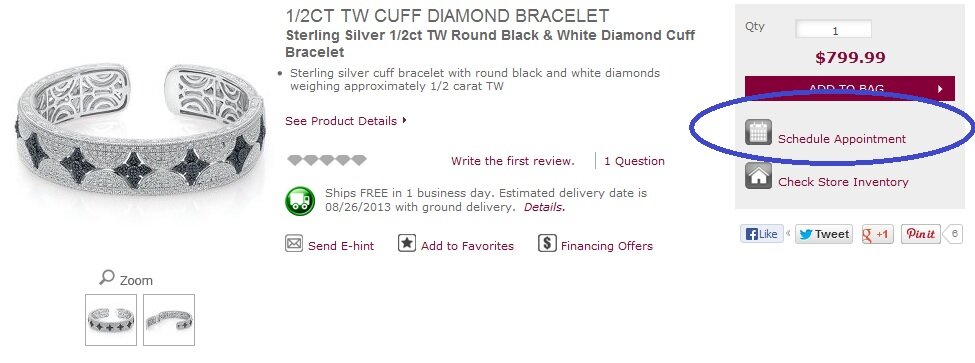

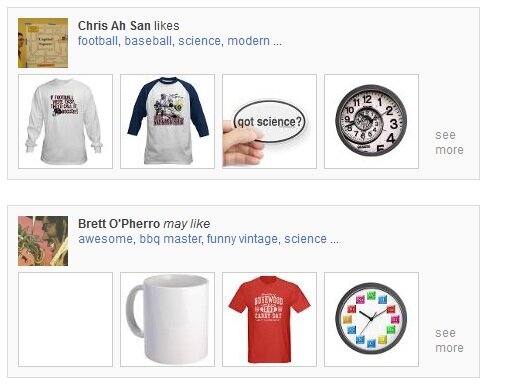



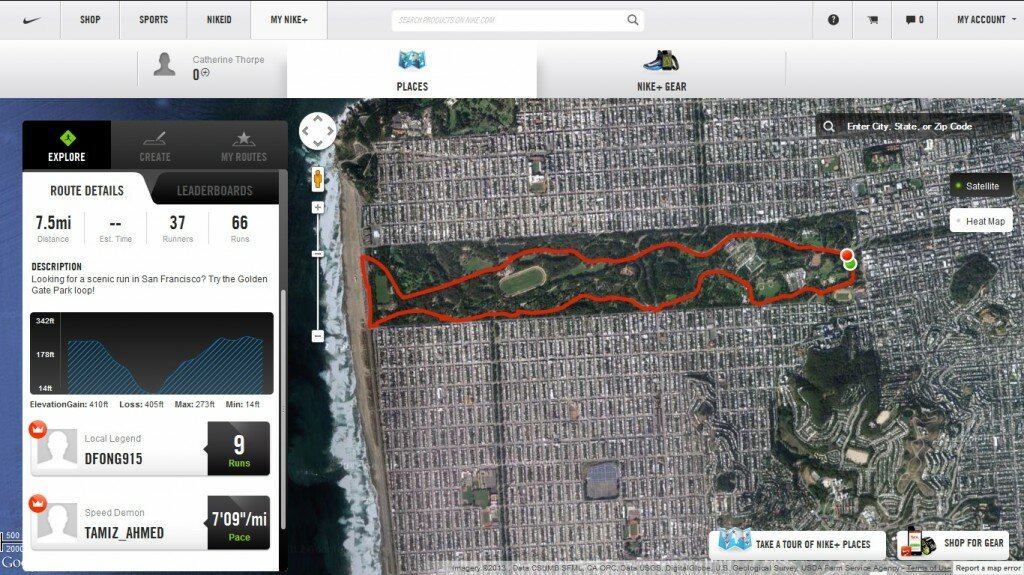

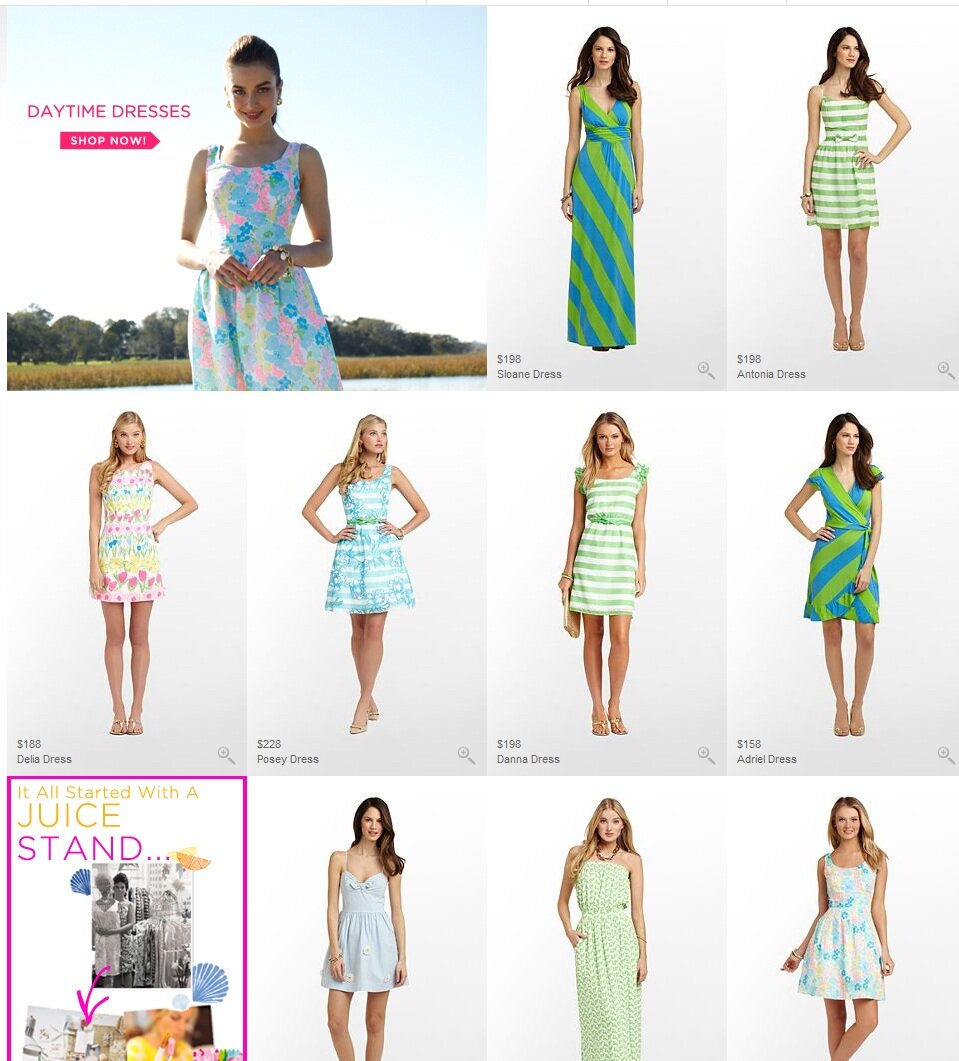
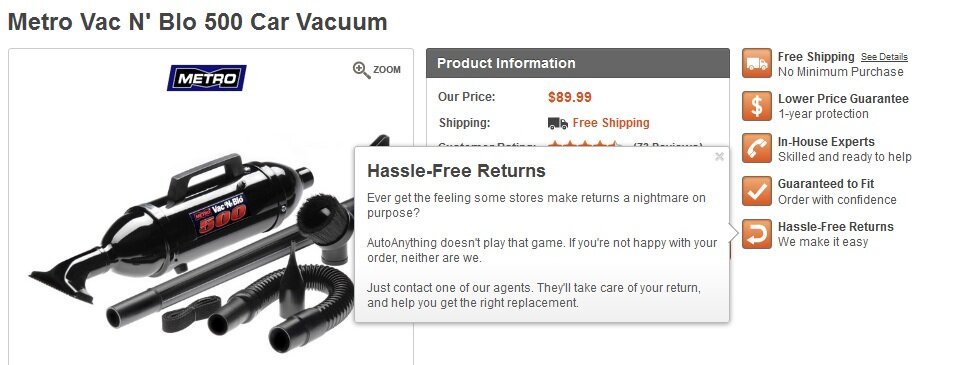



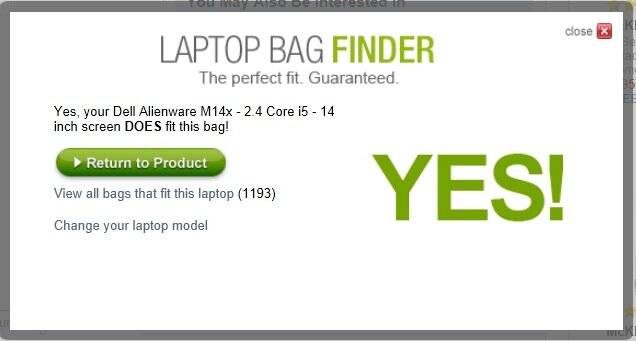


Connect with us: